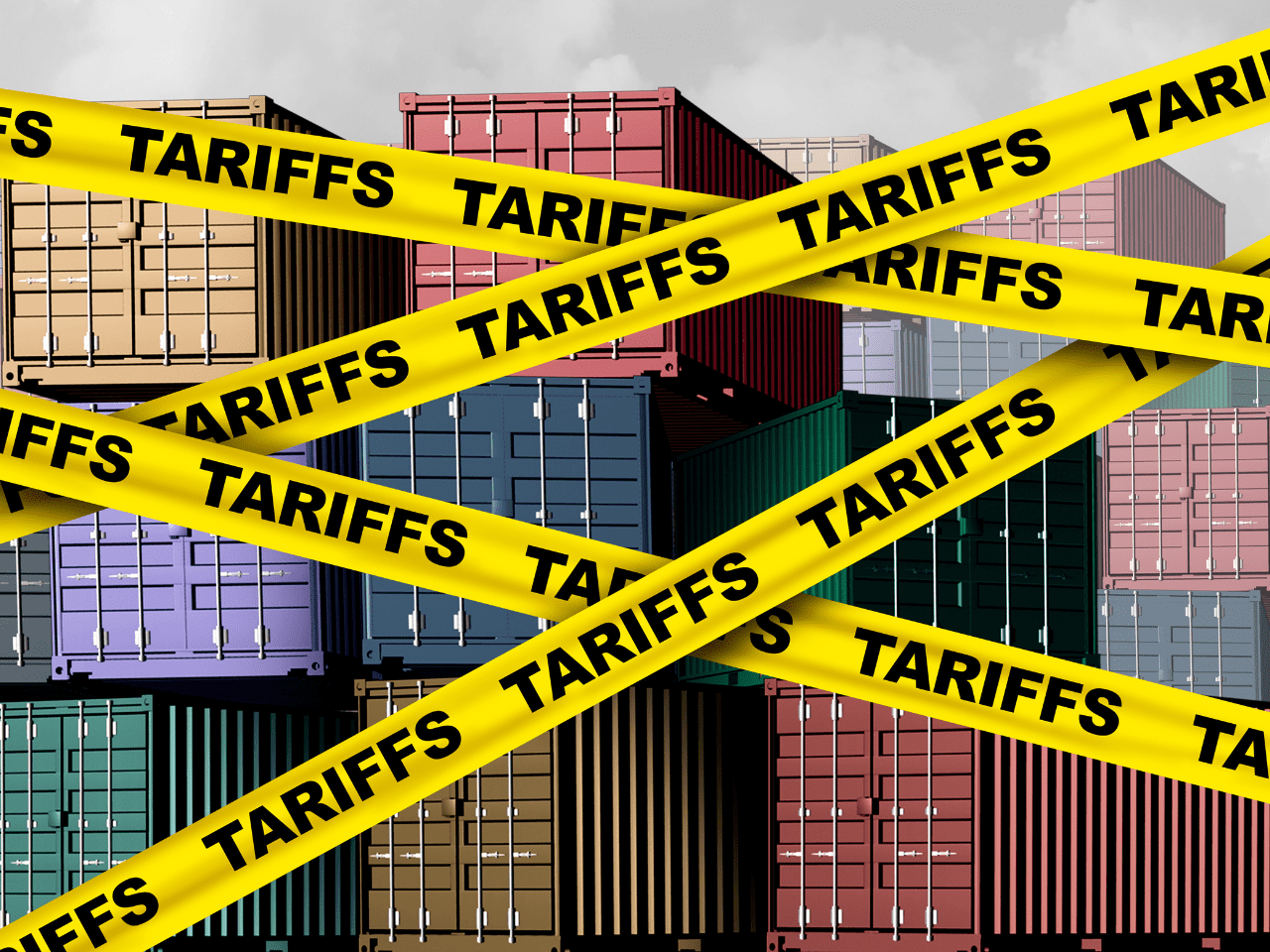Global trade has entered a new period of high volatility and disruption. A proposed 10% baseline tariff on all US imports, alongside higher rates of up to 50% for goods from over 60 countries, marks a notable shift. The European Union is facing a 20% tariff, with further duties of 25% confirmed for steel, aluminium and foreign-manufactured cars.
These changes have significant implications for businesses engaged in international trade. Tariffs affect procurement costs, logistics strategies and supplier relationships. They also introduce uncertainty across commercial operations, particularly for organisations dependent on global supply networks.
Understanding Exposure in Global Supply Chains
Tariff changes rarely impact only the direct supplier. Their effects often extend throughout the supply chain, including Tier 2 and Tier 3 suppliers. Without full visibility into these extended networks, organisations may be unaware of their exposure to higher costs, delays or compliance risks linked to newly affected regions.
Many organisations continue to operate without detailed insight into where goods are manufactured or where their suppliers are based. This limits their ability to assess risk and respond effectively.
How Achilles Supports Supply Chain Assessment and Risk Management
Achilles provides structured supplier data and global coverage across more than 142 countries. This supports organisations in building a clearer picture of their supply chains and identifying areas of exposure.
Mapping the Supplier Base
Achilles helps organisations identify not only direct suppliers but also those further down the chain. This allows for a more accurate understanding of sourcing locations and potential links to newly affected tariff zones.
Identifying Viable Alternatives
Where sourcing becomes commercially unviable due to tariff changes, access to a wider supplier network can help reduce disruption. Achilles’ global network enables procurement teams to find pre-qualified suppliers in alternative markets, where appropriate.
Ongoing Monitoring
Supplier risk is not static. Achilles delivers regular updates on supplier credentials, ESG performance and geopolitical developments, helping organisations maintain up-to-date compliance and cost visibility.
Scenario Planning
Using structured supplier data, Achilles supports scenario modelling to test the resilience of sourcing strategies under different tariff regimes. This enables organisations to evaluate options and strengthen procurement flexibility where required.
Recommended Actions
To prepare for evolving trade conditions:
- Review supply chain exposure: Map supplier locations and identify dependencies in regions subject to increased tariffs.
- Assess product-specific risks: Materials such as steel, aluminium and automotive components are already affected. Understand if these are relevant to your operations.
- Evaluate alternative sourcing options: Determine where there is scope to diversify supply or shift sourcing strategies to mitigate potential cost increases.
- Monitor policy developments: Stay updated on regulatory changes, including the implementation guidance from the White House and local government consultations.
For goods already in transit, Section 3 (“Implementation”) of the White House Executive Order outlines next steps. Some exemptions are listed in the annexes of the Executive Order, offering relief for specific categories. UK importers of US goods can also engage with the Department for Business and Trade’s call for input, shaping how future tariffs may be applied.
Building long term resilience
Trade-related disruption is likely to remain a feature of global supply chains. As regulatory environments shift, the ability to access timely, reliable supply chain data becomes increasingly important. This supports more informed decision-making and helps organisations adapt to future changes with greater confidence.
Achilles provides the tools and insight needed to support this work. Through a combination of supplier data, compliance monitoring and network access, organisations can strengthen visibility and respond with greater agility to changes in the global trade environment.
